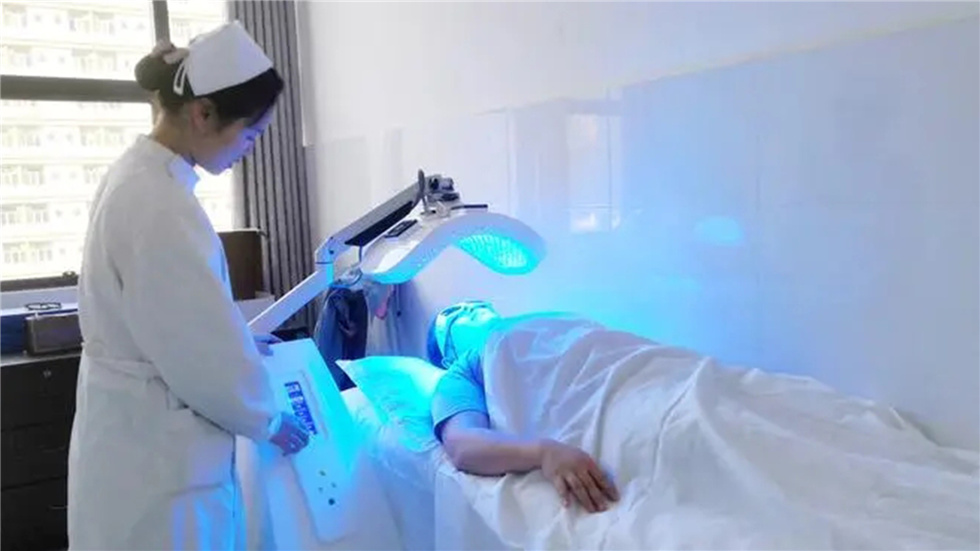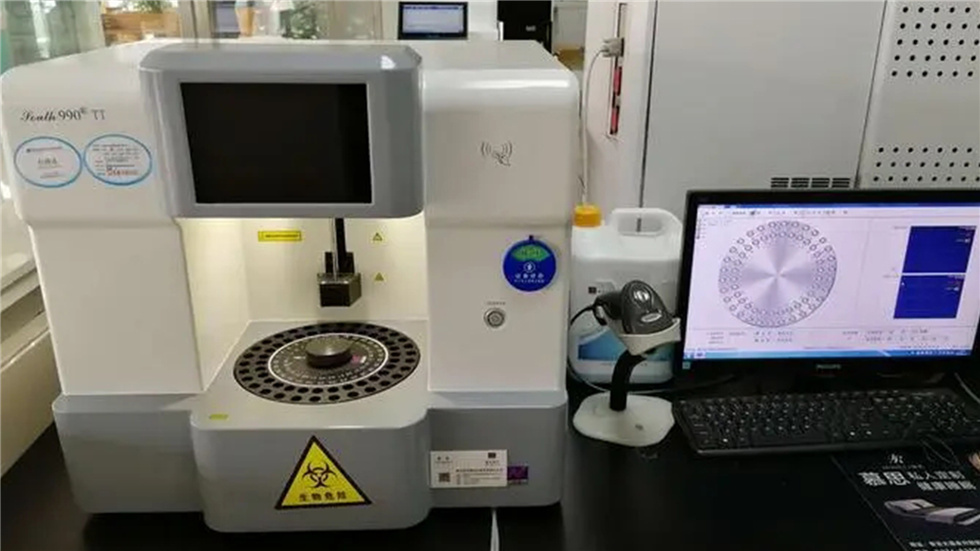UV LED Medical Use


UV Light Skin Treatment
UVB LED skin therapy, utilizing a wavelength range of 280 to 320 nanometers (nm), employs a specific ultraviolet B (UVB) LED phototherapy device to address various skin conditions. This particular UVB light wavelength is recognized as an effective treatment for skin ailments.
Within the 280-320nm range, UVB light penetrates the skin's surface and directly targets affected skin cells. Activating specific receptors within these cells, UVB light helps regulate and balance cell growth and function. This therapeutic approach reduces inflammatory responses, suppresses abnormal cell proliferation, and fosters the regeneration and repair of healthy skin cells.
280-320nm UVB LED skin therapy finds widespread application in treating skin conditions such as psoriasis, eczema, and autoimmune skin diseases. Compared to traditional UVB phototherapy, UVB LED phototherapy offers several advantages. Firstly, UVB LED phototherapy devices do not emit ultraviolet A (UVA) or ultraviolet C (UVC) radiation, enhancing safety and minimizing skin damage. Additionally, the narrower spectral range of UVB LED phototherapy enables more precise treatment targeting and reduces impact on healthy skin. Moreover, UVB LED devices are compact, portable, and user-friendly.
During 280-320nm UV light therapy sessions, patients should adhere to medical guidance. Prior to treatment, patients should cleanse and dry the treatment area. Aligning the UVB LED phototherapy device with the affected area, patients should follow the treatment schedule and frequency recommended by their physician. Typically, multiple treatment sessions are required, each lasting a brief duration, facilitating convenient home-based therapy.
While 280-320nm UVB LED skin therapy is generally considered safe, it's essential to heed medical advice and precautions. UVB light may have a stimulating effect on the eyes, necessitating the use of specialized eye protection during treatment. Additionally, UVB LED phototherapy may induce temporary side effects such as dryness, redness, and mild burning sensations.
In essence, 280-320nm UVB LED skin therapy represents an effective approach utilizing specific UVB phototherapy devices to address skin concerns. By regulating skin cell growth and function, this therapy modality alleviates inflammation, inhibits abnormal cell proliferation, and promotes skin regeneration and repair. Nonetheless, consulting a healthcare professional and adhering to proper usage guidelines and precautions remains essential prior to treatment.
Medical Testing & Blood Analysis Testing
UVB LED modules can indeed be utilized in medical testing, including blood analysis testing. This type of testing is crucial for diagnosing and treating various health conditions, with blood analysis being among the most common and important procedures. Here's how UVB LED modules can play a role:
1. Laboratory Equipment: UVB LED modules can be integrated into laboratory equipment used for blood analysis testing. They can provide specific wavelengths of light required for certain types of blood analysis, such as fluorescence-based assays.
2. Fluorescence Detection: UVB LED modules can emit UV light at specific wavelengths that induce fluorescence in certain substances present in blood samples. This fluorescence can be detected and measured to gather valuable information about the composition of the blood sample.
3. UV-Visible Spectrophotometry: UVB LED modules can be used in UV-visible spectrophotometers, which are instruments commonly used in blood analysis testing. These spectrophotometers measure the absorption of UV or visible light by substances in the blood sample, allowing for quantification of various analytes.
4. Analytical Chemistry Techniques: UVB LED modules can facilitate various analytical chemistry techniques used in blood analysis testing, such as UV-visible spectroscopy, chromatography, and electrophoresis. These techniques rely on specific wavelengths of light for detection and analysis purposes.
In conclusion, UVB LED modules can be valuable components in medical testing equipment, particularly in blood analysis testing. By providing specific wavelengths of light required for certain analytical techniques, UVB LED modules contribute to the accurate and reliable analysis of blood samples, aiding in the diagnosis and treatment of various health conditions.




